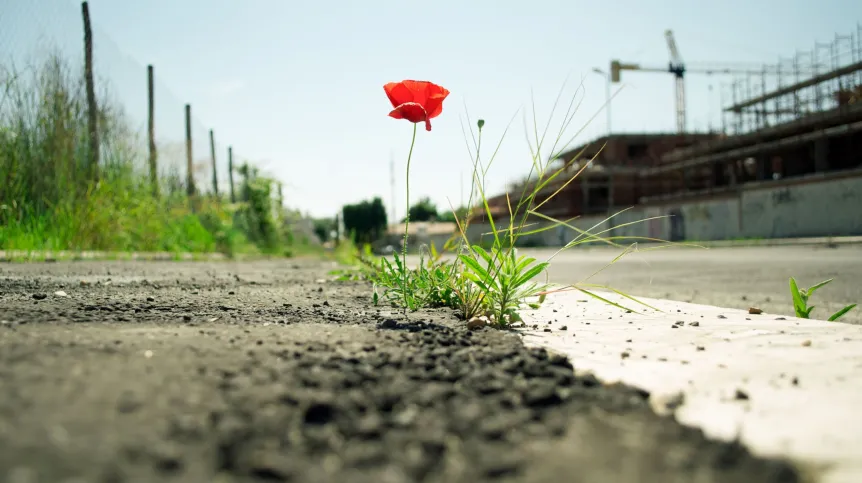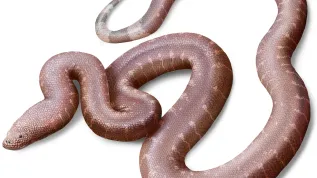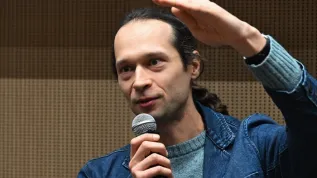
Urban environments are shaped not only by biological factors like pollution or habitat fragmentation, but also by social and political forces such as war, politics, and religion. According to Professor Marta Szulkin from the University of Warsaw, these influences directly affect the evolution of urban wildlife.
An international team of over 30 researchers from five continents, working under Szulkin's supervision, has reviewed how human-driven social and political conditions impact evolutionary processes in cities. Their findings were published in the prestigious journal Nature Cities.
“We synthesize existing knowledge on these influences and propose testable hypotheses to advance the field,” the authors write in the paper.
“Understanding these dynamics is essential for explaining the variability in urban evolutionary processes and predicting the future development of urban systems. By integrating social and political dimensions, we can gain deeper insights into how cities shape the evolution of organisms that inhabit them.”
The researchers argue that human activity in cities can reduce gene flow, lead to genetic drift, promote mutations, and trigger selection and phenotypic changes in urban wildlife. While these processes have long been associated with pollution, noise, and shrinking habitats, Szulkin’s team highlights less obvious forces — including war, politics, and religious practices.
Armed conflict is among the factors with immediate and lasting effects on urban ecosystems. The ongoing war in Ukraine is one example.
“The bombings and fires in Ukraine, which have affected approximately a quarter of a million acres of forest, are likely to alter patterns of gene flow and genetic drift in suburban forests, and perhaps even in cities,” Szulkin, a zoologist and head of the Anthropocene Biology Laboratory at the University of Warsaw’s Faculty of Biology, told PAP.
She noted that as people flee war zones, animals often reclaim abandoned areas. But in some cases, species disappear entirely.
“War-induced depopulation could lead to the reoccupation of urban spaces by wildlife. But at the same time, other species could be wiped out,” Szulkin explained. “For example, after the massive — 40 to 50 percent — exodus of people from Kharkiv in the first months of the full-scale Russian invasion, house sparrows became extinct in the city's most built-up residential and industrial areas between 2022 and 2024. Only small groups of birds survived in the central market square, where people continue to buy and sell food.”
The researchers also examined the role of religious practices and sacred spaces in shaping urban biodiversity.
“Religious sites and practices can influence the evolutionary potential of urban wildlife,” Szulkin noted. “Urban cemeteries, for example, serve as refuges and ecological corridors, enabling gene flow.”
She added that spiritual and cultural associations with green space offer opportunities for conservation.
“Across cultures, we often perceive religious sites in terms of greenery and beauty. Therefore, they have universal potential for nature conservation efforts,” she said. “Nature in sacred and spiritually significant places can be nurtured and appreciated as a repository of past times. It can also be appreciated as a refuge for wildlife.”
Political decisions, the researchers argue, also shape how urban environments evolve — with direct consequences for biodiversity.
“Regional political decisions regarding urban areas also play a key role in urban land management,” Szulkin said. “Environmental policies that focus on green spaces are driven by political decisions. They determine whether we have green belts, lawns, parks, squares, residential green spaces, and allotment gardens.”
Such green spaces, she explained, are vital for sustaining life in cities.
“All these green spaces are important. For example, green belts provide useful habitat for species that would otherwise not survive in cities,” she said. “Allotment gardens, in turn, are fantastic wildlife refuges, especially if various small organisms can pass through the fences that separate them.”
The study is part of a growing movement in biology to treat cities not only as habitats, but as complex socio-ecological systems where both natural and human factors drive evolution. The researchers call for more interdisciplinary work that combines biology with sociology, politics, and urban planning.
“By understanding how social and political structures shape biodiversity, we can build cities that are not only more resilient for humans, but for the many other species that live among us,” Szulkin said.
PAP - Science in Poland
akp/ agt/













